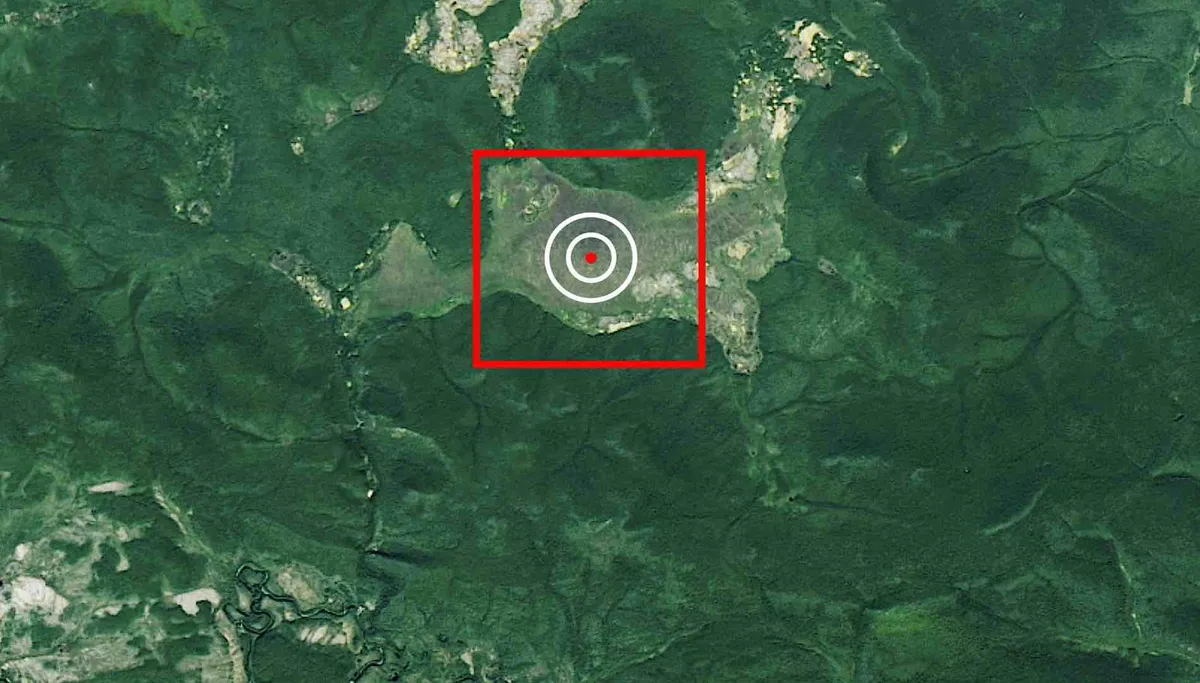
A fiery explosion tore through the skies over Eastern Siberia on the morning of June 30, 1908, decimating more than 830 square miles of frozen taiga in what remains the largest asteroid-related blast in recorded history. Known as the Tunguska event, this incident serves as a stark reminder of the potential dangers presented by space objects that cross paths with our planet. In commemoration of the 1908 incident, June 30 is recognized worldwide as International Asteroid Day, aiming to raise awareness about asteroid hazards and promote international cooperation to address these statistically rare, yet ever-present, and potentially deadly realities.
Revealed in satellite imagery obtained last summer by NASA’s Operational Land Imager (OLI) on Landsat 8, the blast site today shows no direct signs of impact or damage from an event that was large enough to level a modern city. Eyewitness descriptions preserved from the time of the Tunguska event are still haunting today, with many reporting observations of a blazing fireball streaking across the sky at an estimated 60,000 miles per hour. In Kirensk, observers saw a ball of fire descend toward the horizon, followed by deafening crashes and thunderous bangs.
One eyewitness described seeing the blazing object descending, and after several minutes, hearing “separate deafening crashes like peals of thunder” followed by “eight loud bangs like gunshots.” Another witness reported, “I saw the sky in the north open to the ground and fire poured out.” They described the fire as brighter than the sun, instilling terror in those who witnessed it. The chaos continued as witnesses heard bangs that made them believe stones were falling from the sky. One striking report detailed how heat from the blast wave struck a witness, carrying him off the porch of his local trading station. “Suddenly in the north … the sky was split in two, and high above the forest the whole northern part of the sky appeared covered with fire,” the report states. This overwhelming heat was likened to having a shirt catch fire, and the accompanying sounds were described as “noise like stones falling from the sky, or guns firing.”
Although the explosion was detected by seismic instruments more than 600 miles away, scientific expeditions to the remote Siberian site did not occur until nearly two decades after the blast. Upon arrival, researchers found that the effects were plainly evident: trees were flattened for hundreds of miles, while those remaining standing directly beneath the blast site were stripped of their bark. Notably, there was no crater, only scorched, branchless trees flattened in a radial pattern. The Tunguska object is estimated to have been close to 50 meters in diameter and disintegrated in the atmosphere, leading scientists to believe it caused a massive airburst that released enough energy to obliterate a modern city.
Currently, the prevailing theory is that the Tunguska event was caused by an asteroid airburst, though some scientists suggest that a comet could have been responsible. Over the years, several maps of the Tunguska blast zone have been produced, revealing a distinctive butterfly shape. Studies since the 1990s have uncovered evidence of particles trapped in local tree resin that support the asteroid hypothesis. Additional findings, such as rock fragments, shocked quartz, and anomalies in tree rings, further strengthen the argument for an asteroid or comet airburst. However, some researchers have posited that nearby Lake Cheko might have formed from a fragment associated with the blast, though this idea remains highly disputed.
According to NASA’s Earth Observatory, comets or asteroids must have orbits that bring them within 1.3 astronomical units of the Sun before they qualify as near-Earth objects (NEOs). Based on data available as of June 2025, NASA's current catalog of known near-Earth asteroids includes more than 38,000 objects—an impressive number that has grown rapidly in recent years. Asteroid surveys are adding several hundred new entries each month.
For instance, within just a few days in June 2025, the Vera C. Rubin Observatory reported the discovery of 2,104 new asteroids in our solar system, seven of which were classified as NEOs. Astronomers expect that the observatory’s advanced digital camera will likely reveal the presence of at least hundreds of thousands more—if not millions—as it scans wider stretches of Earth’s night sky. While the majority of NEOs pose no threat to life on Earth, the potential for a rare “city-killer” asteroid impact has prompted NASA to establish the Planetary Defense Coordination Office in 2016 to monitor and identify potentially hazardous space objects.
Following the Chelyabinsk meteor explosion in 2013, which was recorded with modern instruments and was as much as 33 times more powerful than the Hiroshima atomic bomb, international coordination has significantly increased among space agencies and organizations worldwide. The UN’s Office for Outer Space Affairs (UNOOSA) supports initiatives like the International Asteroid Warning Network (IAWN) and the Space Mission Planning Advisory Group (SMPAG), both aimed at enhancing global cooperation in detecting and responding to NEO threats.
"International Asteroid Day aims to raise public awareness about the asteroid impact hazard," a statement on the UN’s website reads, emphasizing the necessity for coordinated crisis communication in the event of a credible threat. Although technologies for detecting and monitoring NEOs are continuously improving, events like the Tunguska incident and Chelyabinsk explosion serve as reminders of the dangerous potential for asteroid impacts, urging vigilance against one of space’s most unpredictable hazards.